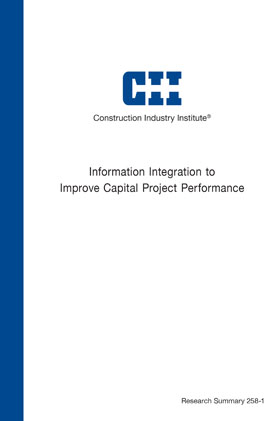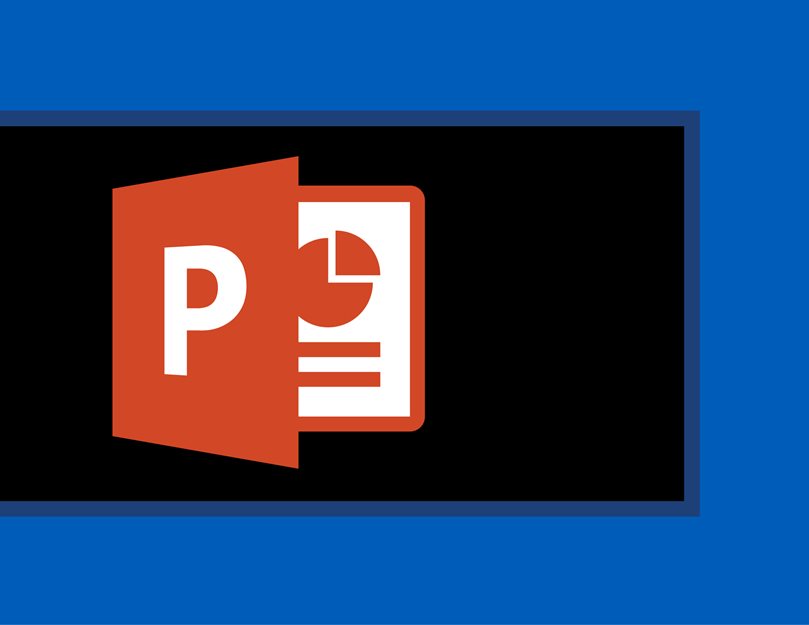
Information Integration to Improve Capital Project Performance
Capital projects execution involves the processing of massive amounts of data within and across many interfaces. Information integration—the combination of technologies, work processes, and supportive organizational structures and roles—is seen by many as a way of helping the industry speed project execution while also increasing quality and reducing costs. Research Team (RT) 258 reviewed the current state of information integration practice and found that performance is well below the potential of current technologies—even for leading organizations. It is now up to the industry to develop the work processes to leverage existing technologies and move forward.
Improvements in information integration require disciplined effort on the part of project teams and organizations if significant benefits are to be achieved. To help organizations make a systematic assessment of their current information integration practices and plan for new investments, RT 258 provides a process, a maturity model, and the Integration Opportunity Assessment Tool. These tools and associated assessments should aid efforts in corporate planning, education, and development of specific implementation plans. An important contribution of RT 258 is its explicit recognition that there are many steps through which an organization can achieve improvements in its information integration practices. (A corollary finding is that there is no single path forward—every organization is unique.) The tools and assessment processes reviewed in this document will help any CII member organization move forward, no matter its current state.
One of the key findings is that capital projects reporting high use of technology and integration still have significant potential to improve their processes by implementing more technology and integration.
Related to the relatively low use of information integration, for many companies, maintaining internal silos continues to be the predominant work mode. Firms that exhibit higher degrees of information integration tend to have addressed barriers between key internal silos (for example, design to procurement) and have also integrated work processes and made investments in supporting information systems.
RT-258 recommends an assessment process to aid in the selection of information integration opportunities. The figure below presents the process. (RS258-1, p. 13)
The RT-258 maturity model describes 3 discrete steps:
- Assess current state of information integration within the company.
- Perform a gap analysis to compare existing performance with desired performance.
- Generate a portfolio of integration opportunities or specific ideas for future technology and work process development.
Many visions for the future state of the industry focus solely on an end state and do not provide guidance to companies on how to progress from their current situation to that end state. The RT-258 maturity model process complements such visions and helps companies develop a plan and path to move forward.
The general information integration maturity model (general maturity model) is described in 3 levels. (RS258-1, p. 15)
Level 1: Business efficiency- Low use of integrated applications
- Focus on silo efficiency
- Limited understanding of integration opportunities
- Integration focus on internal processes
- Focus on speed of established processes, reliability of execution
- Capability of seamless exchange of data internally and externally
- Focus on high-value project execution
Level 3 is meant to be aspirational. The best companies according to RT-258 are only emerging as level 3 firms.
Building from the general model, RT-258 also provides a more detailed business function information integration maturity model (detailed maturity model). The following eight business functions that support capital project execution are captured in the detailed maturity model. (RS258-1, p. 17)
- Front end planning (FEP)
- Front end engineering and design (FEED)
- Detailed engineering
- Procurement
- Project controls (controls)
- Construction
- Startup
- Operations and maintenance (O&M)
Detailed assessment should allow development of a figure similar to Figure 3 (above) which depicts a company that has achieved Level 2 status in FEED and detailed engineering, but has Level 1 capabilities in the other functions.



